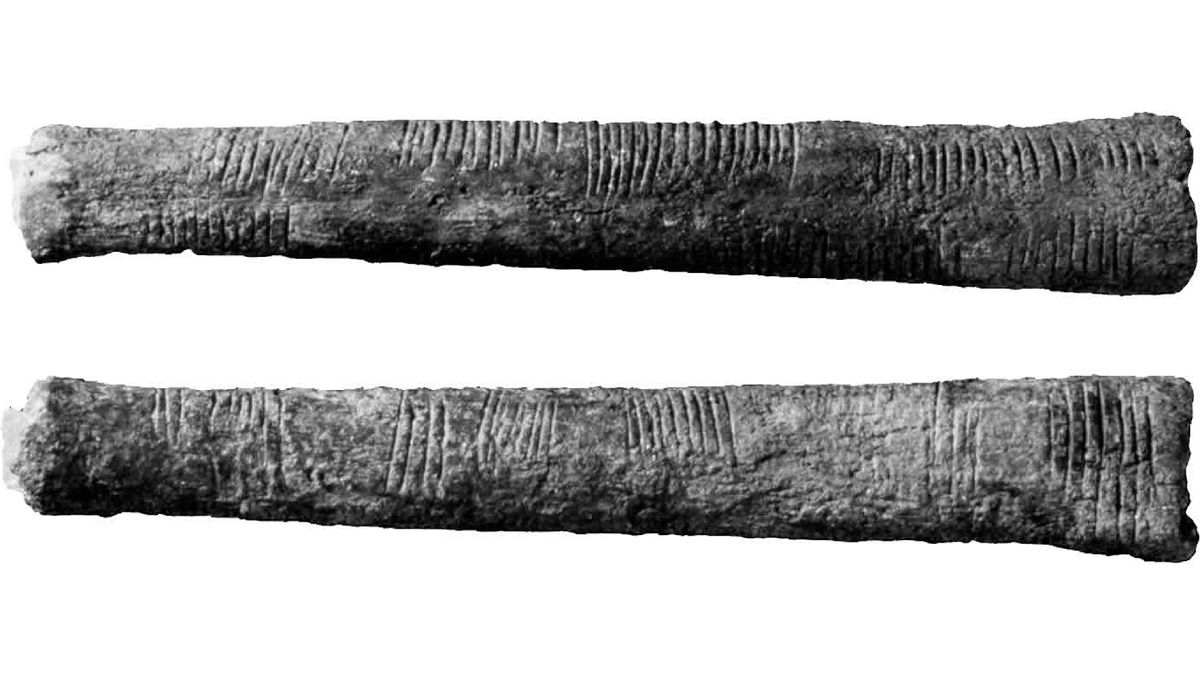Now Reading: Tracing the Origins of Mathematics: When Did It Begin?
-
01
Tracing the Origins of Mathematics: When Did It Begin?
Tracing the Origins of Mathematics: When Did It Begin?

Quick Summary
- Ancient Counting: Evidence shows humans, likely Homo sapiens, were counting tens of thousands of years ago.
– The Ishango bone (Congo region) with parallel notches dates back ~20,000 years and might represent tallying or a lunar calendar.
– The Lebombo bone (~43,000 years old) found in southern Africa has similar markings and could indicate lunar or menstrual cycle tracking.
- Sumerians’ Contributions: Ancient Sumerians (~4500-1900 B.C.) developed structured mathematics including:
– Cuneiform numerals written on clay tablets.
– The sexagesimal (base-60) system still used for timekeeping and navigation today.
– Early concepts of arithmetic,algebra,formulas for calculating areas,aiding land measurement and irrigation design.
- Modern Mathematics: Major advancements by later civilizations included:
– Contributions from Egypt, Greece, India, China, Islamic scholars during medieval times; eventually calculus emerged in early modern Europe (Newton vs. Leibniz).
Indian Opinion Analysis
The exploration of the origins of mathematics showcases humanity’s continuous pursuit to understand patterns in nature through logical systems.Though early contributions came globally from regions like Mesopotamia and Egypt, India holds important importance as one of the ancient pioneers advancing mathematical concepts such as zero and algebraic formulations that remain pivotal today.
India’s rich legacy reminds us that scientific curiosity transcends borders but flourishes under civilizations equipped with collaborative knowledge-sharing systems. For India’s contemporary policy landscape emphasizing STEM education reform here lies an actionable insight-investing more deeply in mathematics fosters cognitive tools indispensable for critical reasoning across disciplines such as economics or engineering.Preserving this ancient relevance while driving forward innovation is crucial for maintaining India’s standing in global scientific discourse.

























